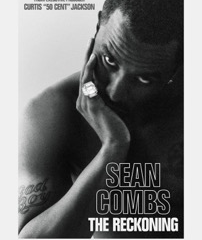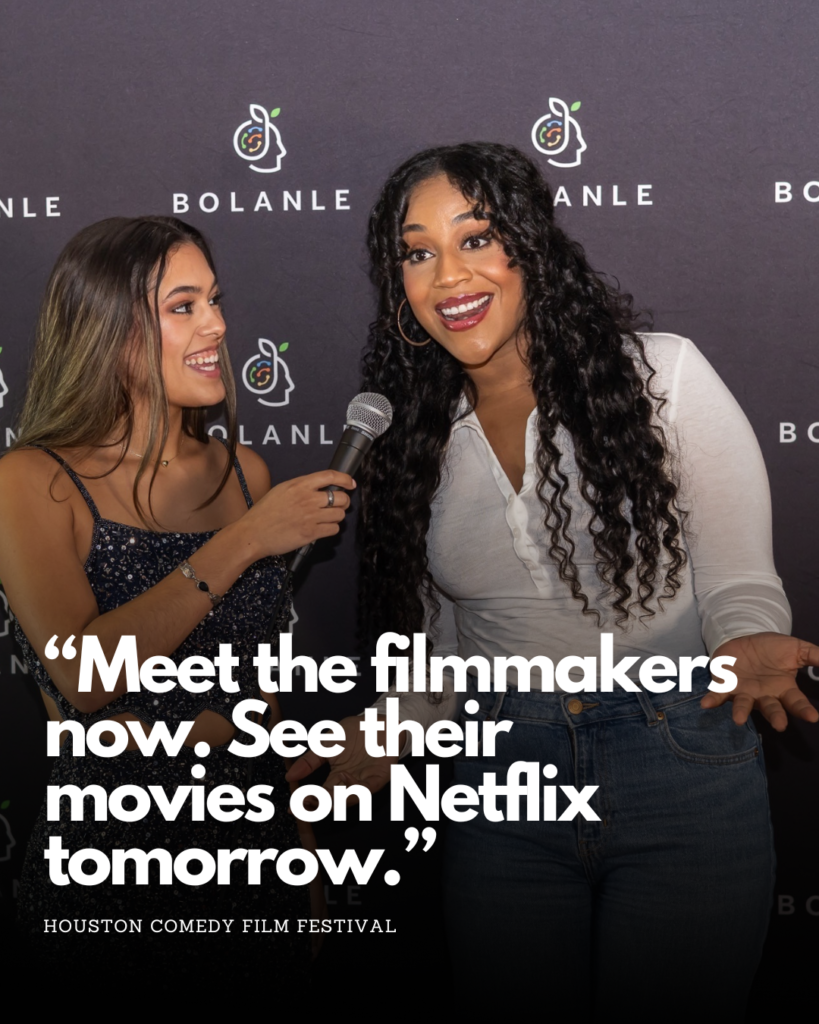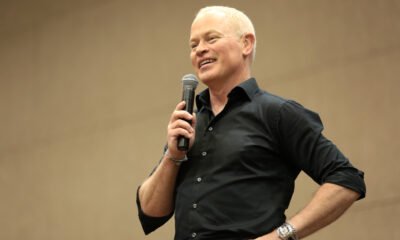Film Industry
Angie Lin’s “Cost of Joy” Shines as a Finalist at Houston Comedy Film Festival
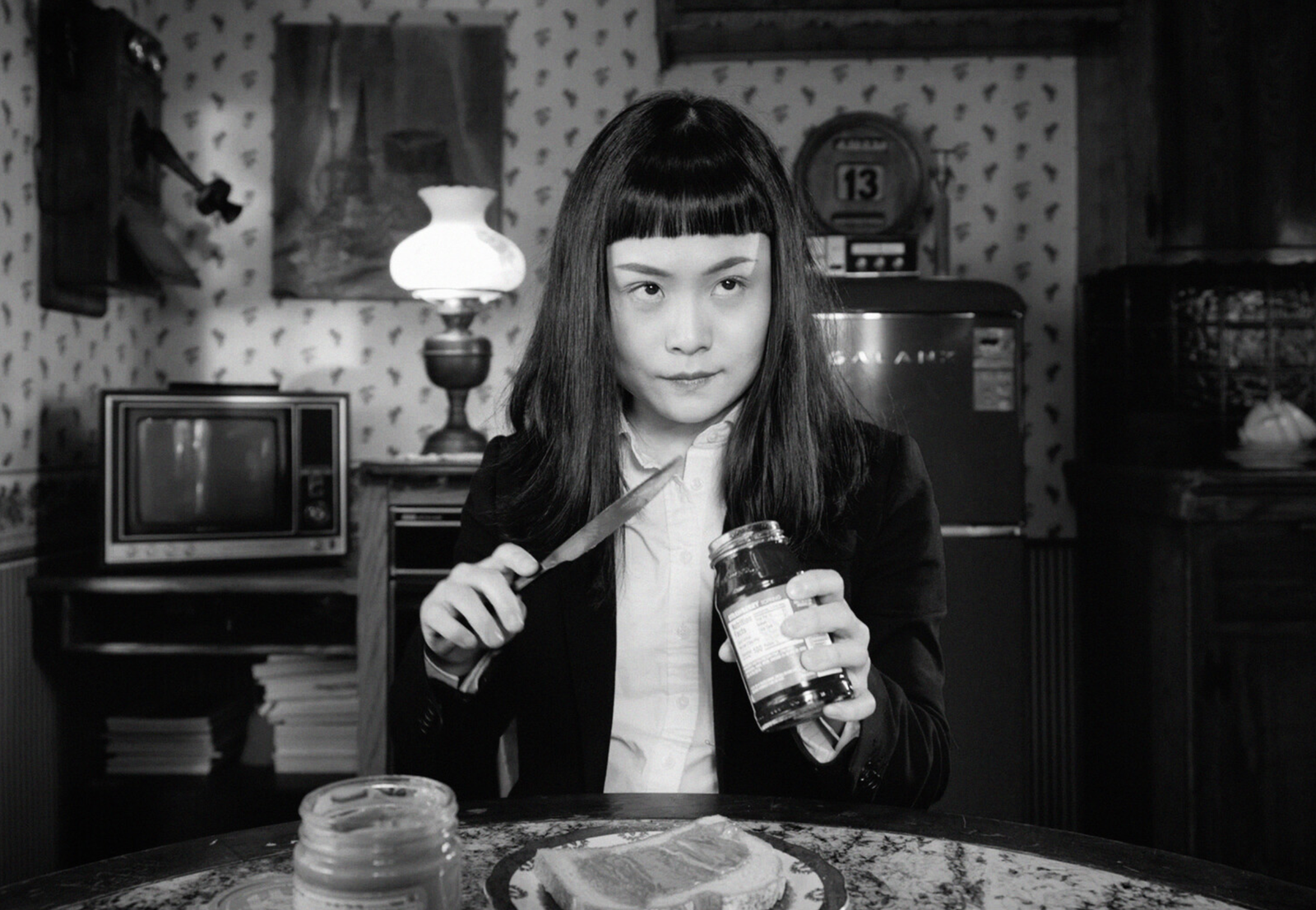
Angie Lin, a multidisciplinary artist and graduate of USC School of Cinematic Arts, is making a remarkable mark as a finalist at the 2025 Houston Comedy Film Festival with her deeply personal and inspiring indie film, Cost of Joy. Drawing from her own life’s toughest moments, Angie crafts a story about hitting rock bottom and finding joy in the smallest things—a theme many can relate to in today’s chaotic world.
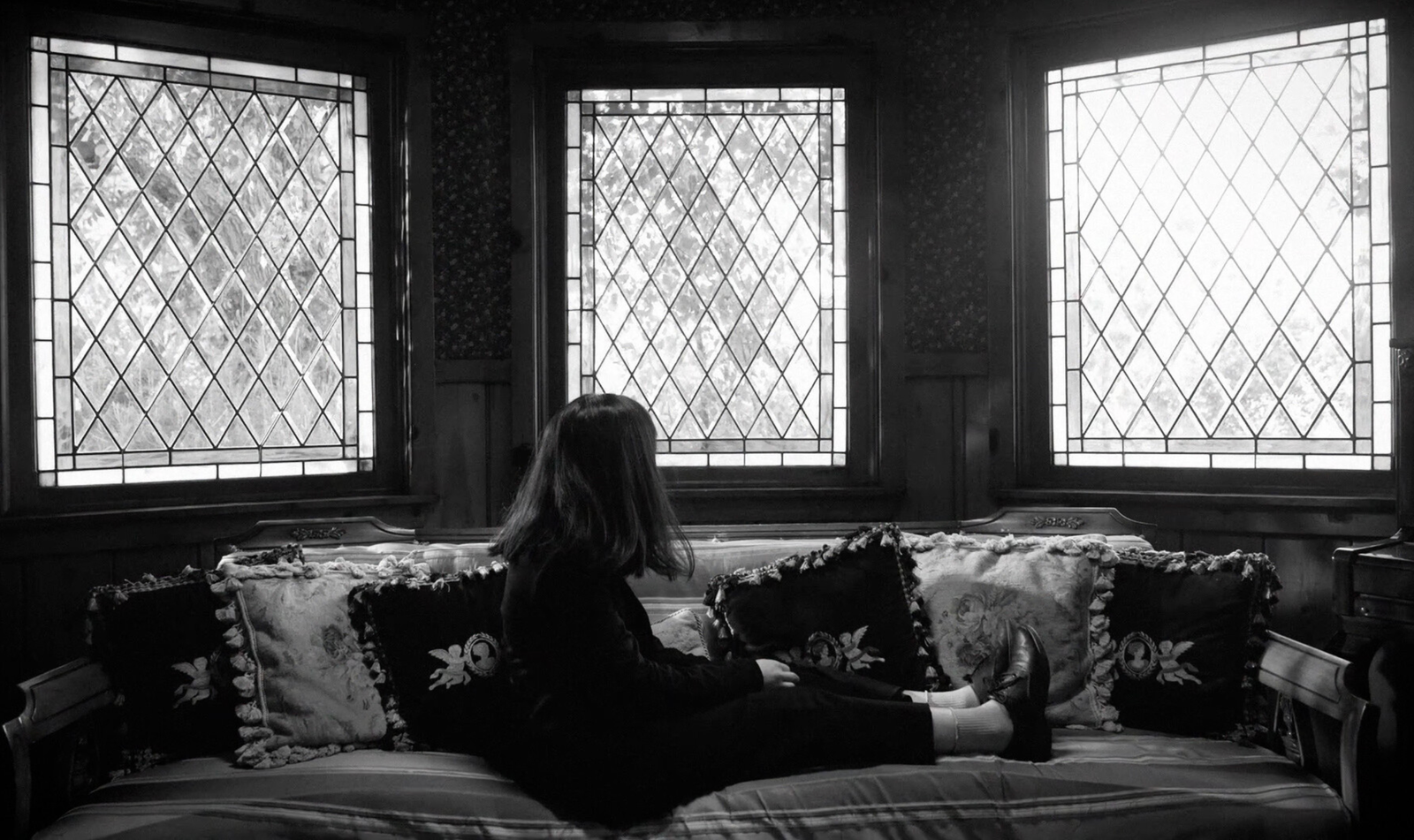
Angie’s career began as an actress, with international recognition for award-winning indie films such as Dive Into The Blue and Manchukuo, 1943, Summer. She was a series regular on The Plaza, a Cpics TV original, and has appeared in commercials for Xfinity and NBA Finals. Recently, Angie has expanded into theater, stunts, editing, writing, and directing. She has performed at The Group Rep theater in North Hollywood and starred alongside top stunt professionals worldwide. She is also set to train at the 2025 Jackie Chan Stunt Team Action Film Camp. Passionate about exploring mental health and spirituality through her projects, Angie uses art to spread love and joy and inspire positive outlooks on life.
At the festival, Angie sat down with Roselyn Omaka, the festival’s director, to discuss her heartfelt film and creative process. Angie shared:
“My film, Cost of Joy, is about the dip before the rise in life. It’s very personal—it’s about a series of trauma I went through, that lowest of lowest point before it shifted my perspective and I started to appreciate the little things and found joy.”
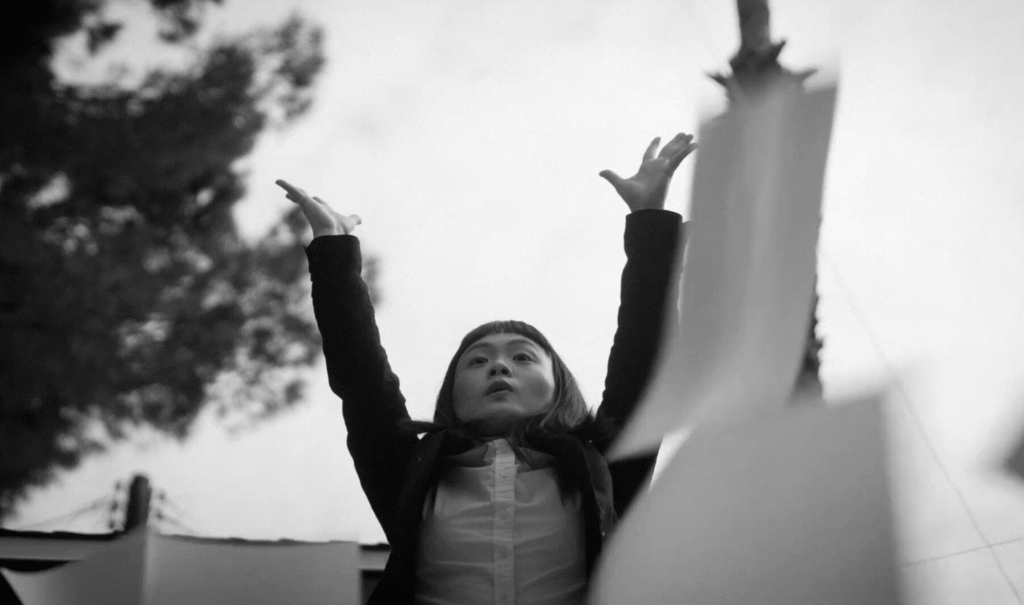
What makes Angie’s story even more inspiring is how she brought this film to life almost entirely on her own. She wrote, directed, edited, and starred in the project herself. Budget constraints pushed her to wear many hats, but Angie views this as a creative advantage:
“When you don’t have a budget, you gotta do everything yourself. It was easier because it’s so hard to get everyone’s schedule aligned. With a whole team, it takes months to plan things; solo, I already know what I want so it doesn’t take 20 takes per scene—usually two or three.”
Her drive to act fast on ideas comes with a sense of urgency inspired by creative legends:
“I would get these images and think, ‘I need to make this happen because if I don’t, somebody else will.’”
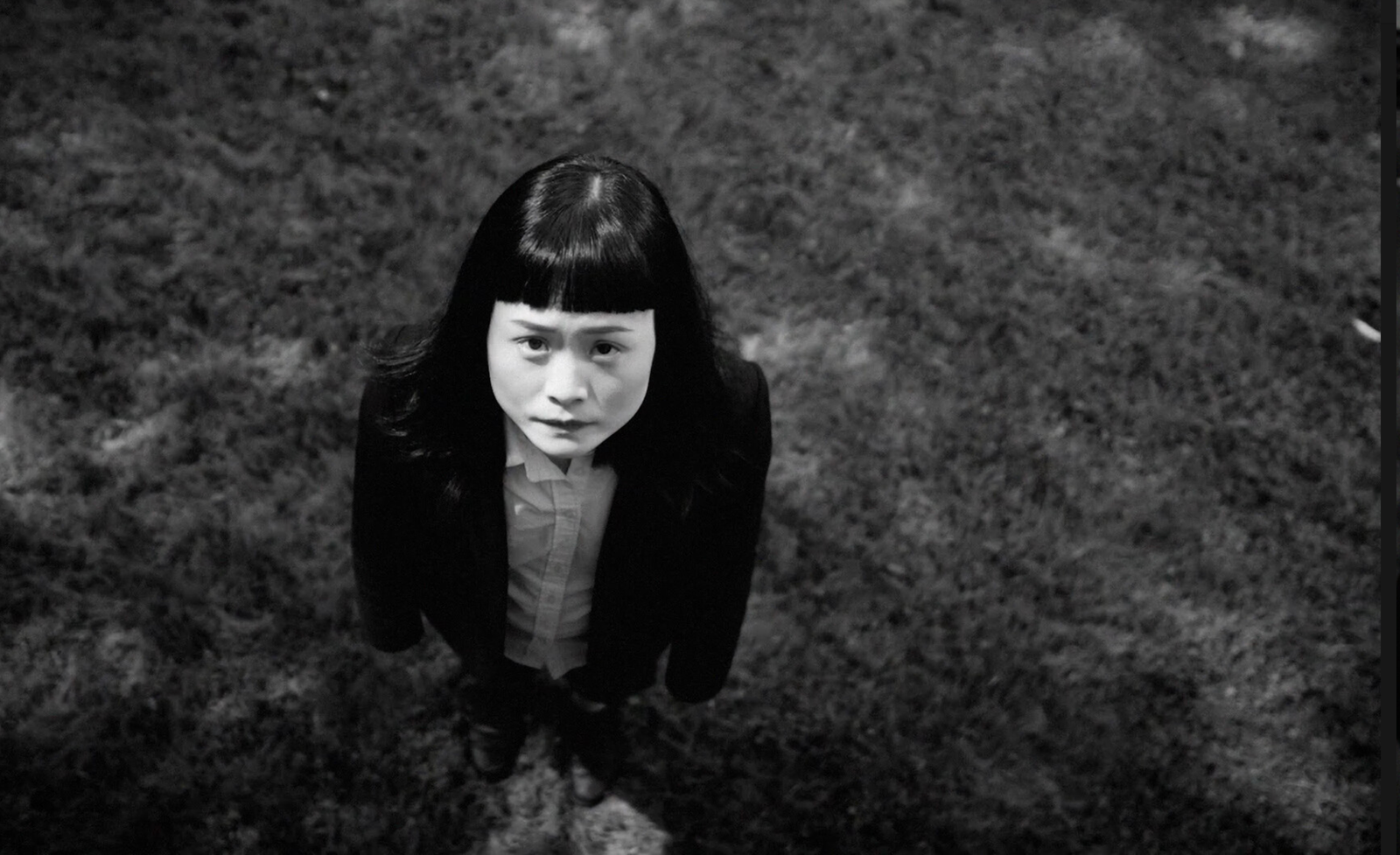
Angie encourages others not to let perfectionism or budget stop them:
“You can make it happen, even if you have a very low budget or you’re a one-person team. Don’t let your ideas sit and get forgotten.”
Recently, Angie trained at Jackie Chan’s stunt camp in Beijing, learning martial arts and action filmmaking from top industry pros. This rich experience intensified her desire to mentor emerging filmmakers, with plans to become an executive producer and create a nonprofit supporting new artists.
Angie also highlighted the importance of authenticity in collaboration:
“People can sense when you’re being fake or desperate, and it turns them off. If you’re passionate and authentic, people will naturally want to collaborate.”
Angie Lin’s journey and Cost of Joy exemplify the spirit of indie filmmaking: courage, creativity, and unwavering commitment to telling one’s story. Her film stands as a beacon of hope and inspiration at the Houston Comedy Film Festival.
Follow Angie’s inspiring journey on Instagram @angielinofficial.
#CostOfJoy #HoustonComedyFilmFestival #IndieFilm #WomenInFilm #AngieLin #Filmmaking #Inspiration
Film Industry
Disney Brings Beloved Characters to ChatGPT After $1 Billion OpenAI Deal

Disney is deepening its push into artificial intelligence with a $1 billion investment in OpenAI, the company behind ChatGPT, in a far-reaching deal that will also license Disney’s iconic characters for use within OpenAI’s new conversational AI platform, Sora.

The agreement positions Disney at the forefront of the entertainment industry’s growing intersection with generative AI, blending the company’s extensive character library with OpenAI’s advanced technology. Under the terms of the partnership, OpenAI will deploy select Disney intellectual property — spanning its animation classics, Pixar, Marvel, and Lucasfilm — across AI-driven storytelling and interactive experiences within ChatGPT Sora.
Sources familiar with the rollout say users will be able to engage directly with Disney characters through immersive dialogues powered by Sora, with potential extensions into digital parks, virtual assistants, and cross-platform storytelling initiatives.
A limited launch is expected to debut in 2026 as Disney explores new ways to integrate AI into consumer experiences.
“This collaboration continues Disney’s legacy of innovation, combining our storytelling heritage with cutting-edge technology to reach audiences in remarkable new ways,” said Disney CEO Bob Iger in a statement.
For OpenAI, Disney’s backing represents both a financial boost and a creative endorsement from one of the world’s most influential content companies. The partnership could accelerate mainstream adoption of AI entertainment tools while positioning ChatGPT Sora as a leader in branded and interactive media spaces.

The investment also signals an industry-wide shift as studios seek to capture value in AI-driven content creation, distribution, and personalization. With Disney’s move, legacy media joins a growing list of entertainment heavyweights aligning with AI firms to future-proof storytelling — marking what could be a pivotal step in Hollywood’s technological reinvention.
Film Industry
Netflix Got Outbid: Paramount Drops a $108 Billion Cash Bomb on Warner Bros.

Paramount has stunned Hollywood with a hostile, all‑cash offer to buy Warner Bros. Discovery outright for about 108.4 billion dollars, topping Netflix’s already splashy takeover agreement. The proposal, disclosed in SEC filings and a tender‑offer announcement, would pay 30 dollars per share in cash, roughly a 139% premium to where Warner Bros. Discovery traded before sale talks heated up and several dollars per share higher than Netflix’s mixed cash‑and‑stock offer.
How Paramount’s Bid Beats Netflix’s
Netflix’s deal focuses on acquiring the core Warner assets—Warner Bros. studio, HBO and the Max streaming service—for a valuation in the low‑80‑billion‑dollar range, compensated partly in Netflix stock. Paramount Skydance, by contrast, is offering all cash for the entire company, valuing Warner Bros. Discovery—including its cable brands like CNN and Discovery—at about 108–109 billion dollars. CEO David Ellison is pitching the bid as “superior” because it gives shareholders a higher headline price, avoids stock‑price risk and comes with committed financing lines from banks and investment partners.

The Regulatory Chess Match
Both deals would face intense antitrust scrutiny, but the risk profiles differ. A Netflix–Warner tie‑up would marry the world’s largest subscription streamer with one of its biggest rivals, a combination analysts say could draw especially tough questions from U.S. and EU regulators about market dominance in streaming. Paramount is arguing that merging two diversified legacy media groups—Paramount Global and Warner Bros. Discovery—creates a stronger competitor to Netflix, Disney and Amazon rather than a streaming near‑monopoly, and therefore should be easier to clear.
What a Paramount–Warner Giant Would Look Like
If Paramount wins, it would control a vast portfolio: Warner Bros. and Paramount Pictures, HBO and Max alongside Paramount+, DC and Harry Potter next to Mission: Impossible and Top Gun, plus global news and lifestyle networks from CNN to Discovery. In pitch materials, Paramount has pledged to keep a robust theatrical pipeline of 30+ films per year from the combined studios while using the enlarged library and sports rights to turbo‑charge streaming growth.
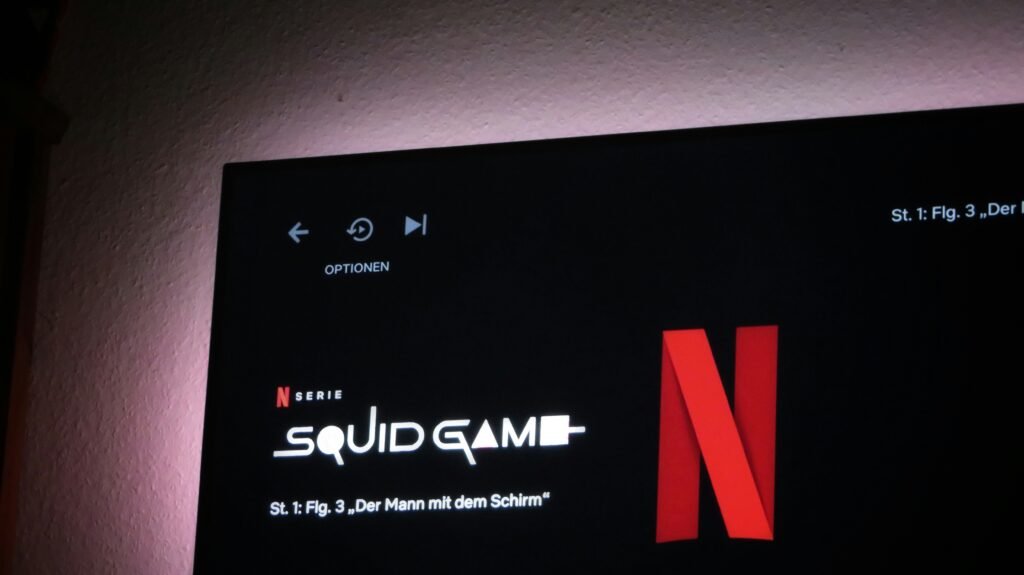
What Happens Next
Warner Bros. Discovery’s board, which has already endorsed Netflix’s agreement, must now evaluate whether Paramount’s richer all‑cash offer is worth triggering a sizeable breakup fee and resetting the regulatory process. Shareholders will ultimately decide between a higher but potentially more complex studio‑merger path and a slightly lower, tech‑powered streaming combo with Netflix. Whatever the outcome, Paramount’s 108‑billion‑dollar cash swing has turned an already historic sale into one of the most dramatic bidding wars Hollywood has ever seen.
Entertainment
This ‘Too Small’ Christmas Movie Turned an $18M Gamble Into a Half‑Billion Classic

Studios almost left this Christmas staple on the cutting‑room floor. Executives initially saw it as a “small” seasonal comedy with limited box‑office upside, and internal budget fights kept the project hovering in limbo around an $18 million price tag.
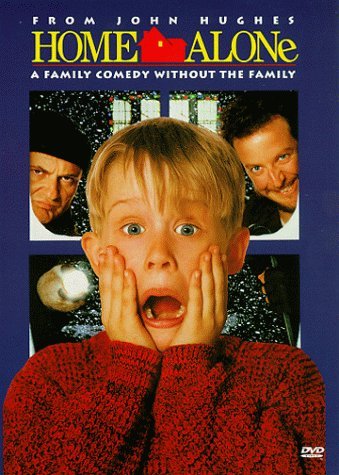
The fear was simple: why spend real money on a kid‑driven holiday film that would vanish from theaters by January?
That cautious logic aged terribly. Once released, the movie exploded past expectations, pulling in roughly $475–$500 million worldwide and camping at the top of the box office for weeks.
That’s a return of more than 25 times its production budget, putting it among the most profitable holiday releases in modern studio history.
What some decision‑makers viewed as disposable seasonal content quietly became a financial engine that still prints money through re‑runs, streaming, and merchandising every December.
The story behind the numbers is part of why fans feel so attached to it. This was not a four‑quadrant superhero bet with guaranteed franchise upside; it was a character‑driven family comedy built on specific jokes, one child star, and a very particular vision of Christmas chaos. The fact that it nearly got shelved—and then turned into a half‑billion global phenomenon—makes every rewatch feel like a win against studio risk‑aversion.
When you press play each year, you are not just revisiting nostalgia; you are revisiting the rare moment when a “small” movie out‑performed the system that almost killed it.

 Entertainment2 weeks ago
Entertainment2 weeks agoWicked Sequel Disappoints Fans: Audience Verdict on For Good

 News3 weeks ago
News3 weeks agoYolanda Adams Questions Traditional Views on God’s Gender, Audience Reacts

 Entertainment2 weeks ago
Entertainment2 weeks agoAriana & Cynthia Say They’re in a ‘Non‑Demi Curious, Semi‑Binary’ Relationship… WTF Does That Even Mean?

 News3 weeks ago
News3 weeks agoEpstein Files to Be Declassified After Trump Order

 News4 weeks ago
News4 weeks agoTrump Throws Epstein Files at Clinton’s Door

 Entertainment4 weeks ago
Entertainment4 weeks agoAriana Grande’s Red Carpet: When Fans Forget Boundaries

 Entertainment4 weeks ago
Entertainment4 weeks agoKim Kardashian Reportedly Scammed by Psychic Before Failing Bar Exam

 Entertainment3 weeks ago
Entertainment3 weeks agoHollywood’s Kiss or Miss Policy: Why Saying No Got Neal McDonough Blackballed







